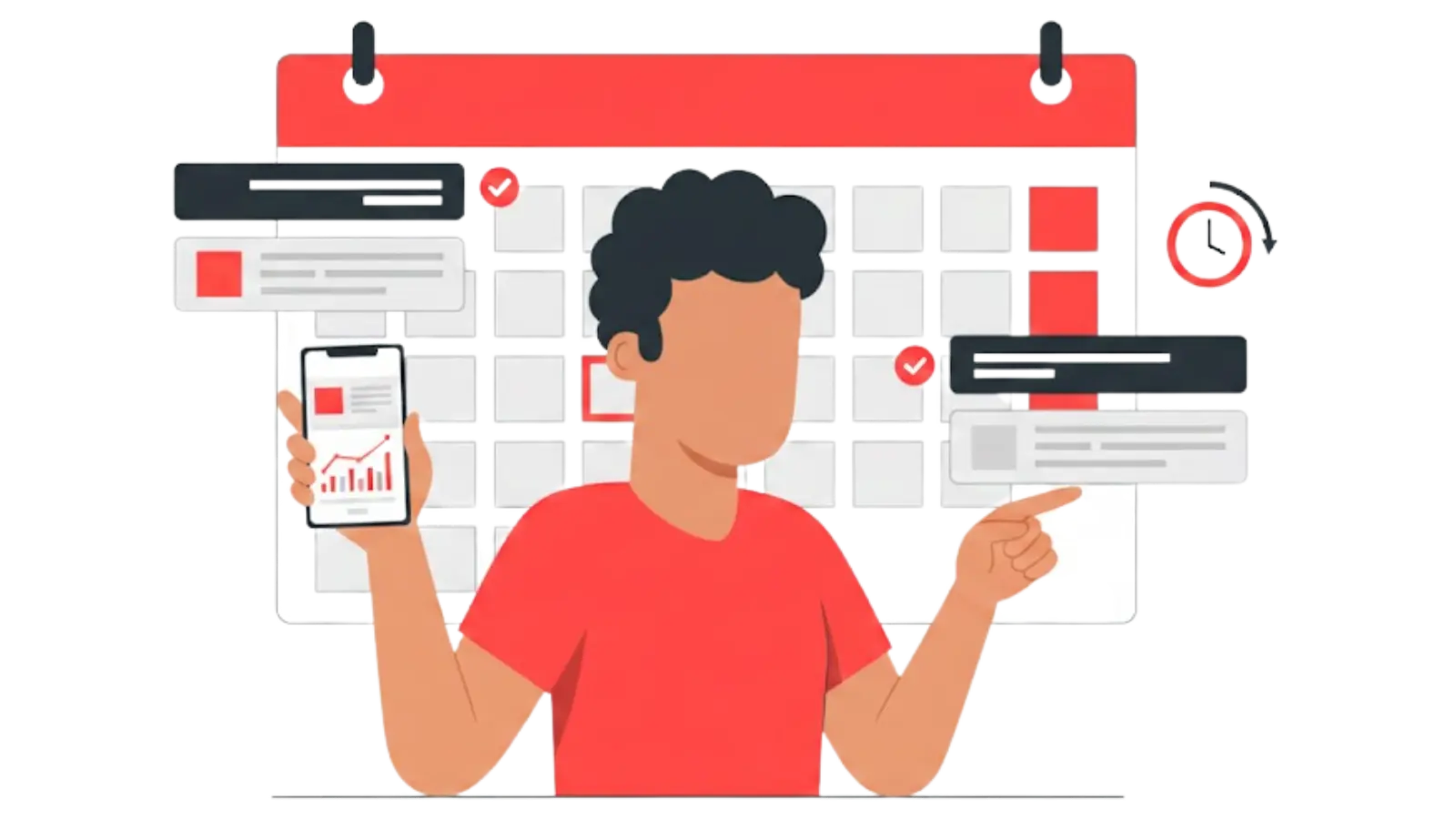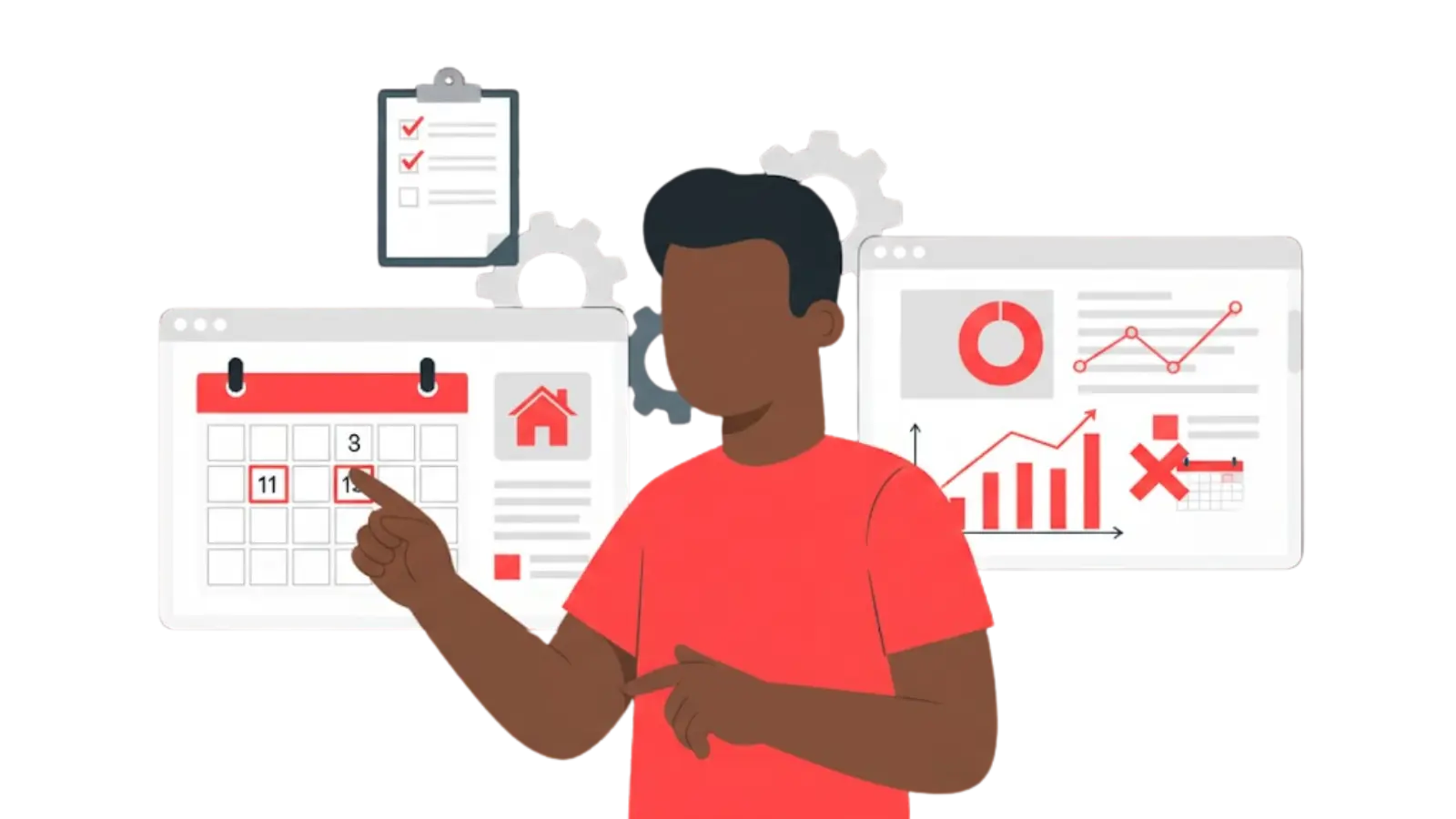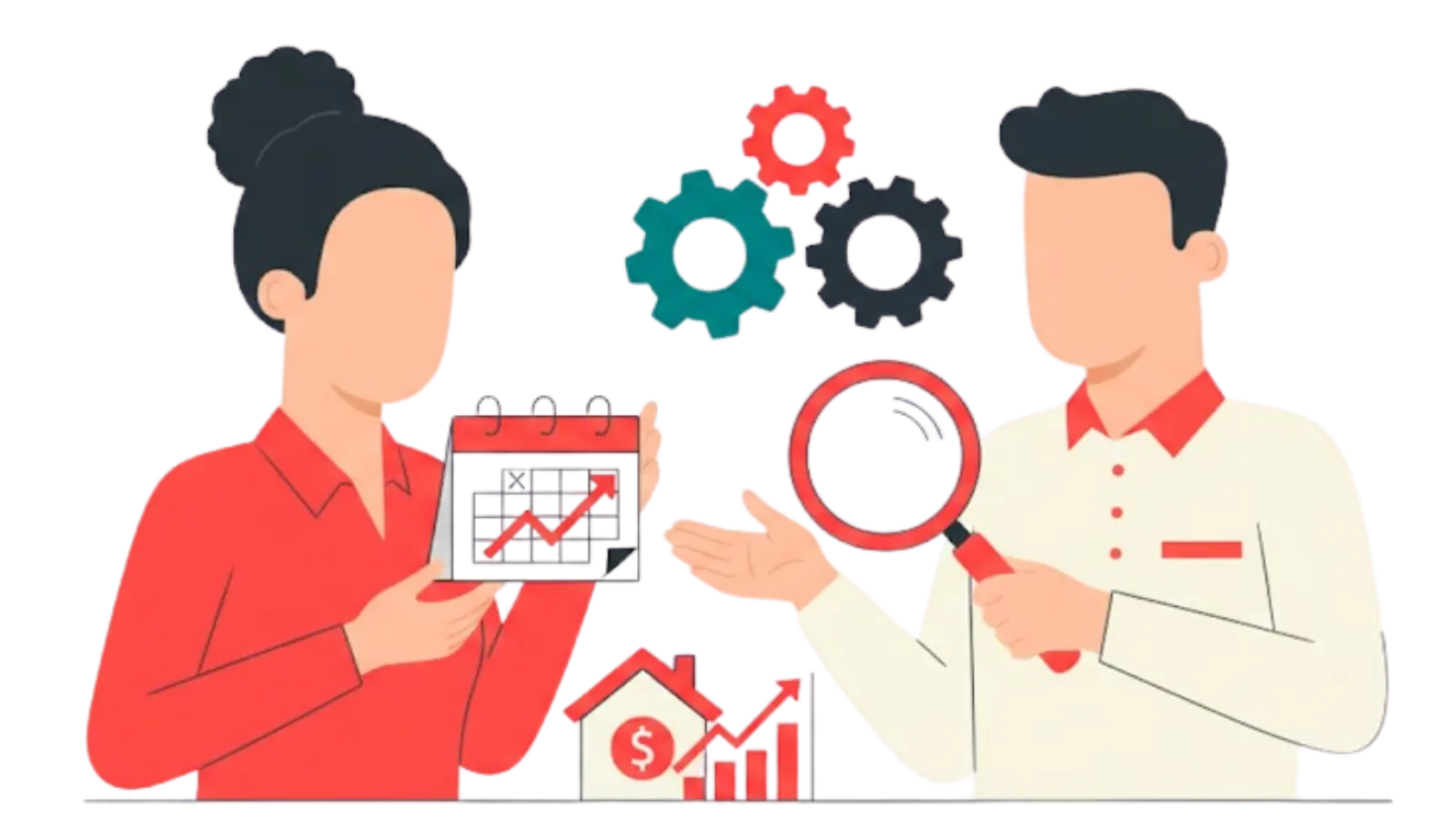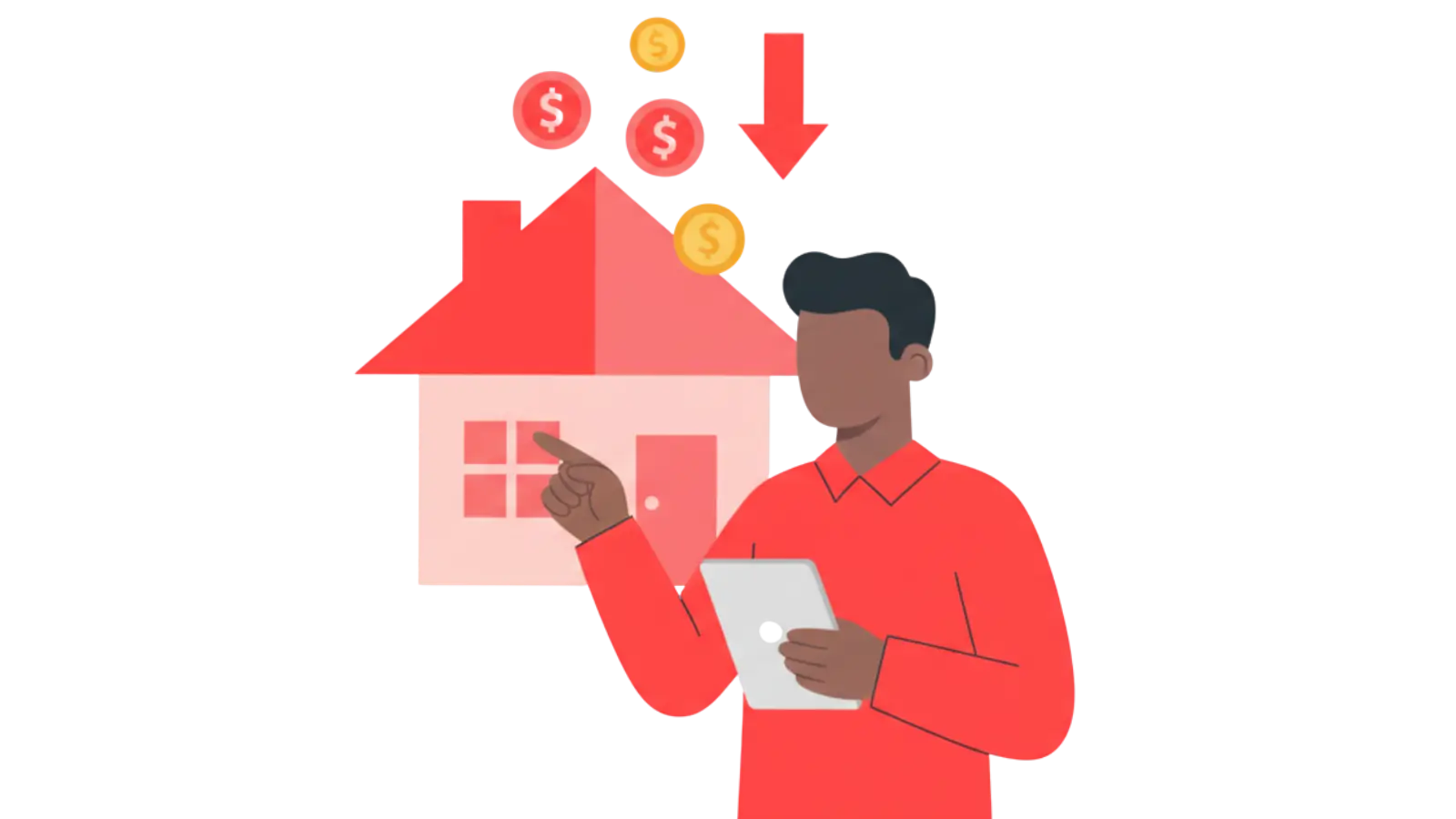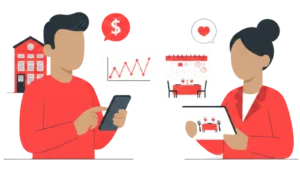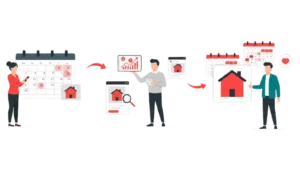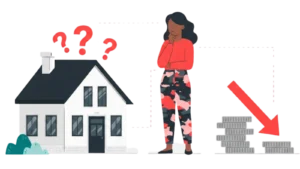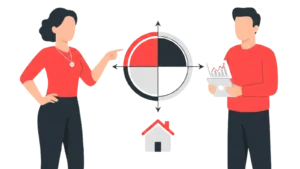Updated : Jul 8, 2025
On a crisp spring morning, you sip your coffee and open your calendar. The following week is almost entirely blank. You lower your price, hoping for a last-minute booking. You check again an hour later. Still nothing. It’s easy to feel like slashing rates until your calendar fills up. You didn’t think it would be bookings vs revenue.
Not always. Optimizing for higher occupancy at any cost can leave you with full nights but thin profit margins. Every dollar you shave off your rate chips away at your return on investment.
On the other hand, pushing rates too high introduces a different risk: empty nights, negative reviews, and missed opportunities. Finding the sweet spot between filling your calendar and maximizing each night’s value is part science and part art.
This is where PriceLabs comes in. With intelligent rules and real-time data, PriceLabs automatically adjusts your base price and minimum-stay requirements. Your listings remain competitive without constant babysitting.
Defining Bookings vs Revenue
When you log into your Airbnb dashboard, the first numbers you see are often your bookings. That’s simply the count of nights reserved on your calendar. But bookings alone don’t capture the complete picture of your performance.
Consider looking at:
- Average Daily Rate (ADR): The mean income per booked night, calculated by dividing total room revenue by the number of nights sold.
- Revenue per Available Rental (RevPAR): Total revenue divided by all nights available for sale, booked or not. This metric helps you compare income against your full capacity.

Host A nearly fills the calendar but earns less total revenue and RevPAR than Host B. In contrast, Host B accepts fewer bookings but captures higher per-night value and ultimately brings in more money.
While high booking numbers mean people want to stay, they don’t guarantee healthy profits. Frequent discounts may fill your calendar, but they can also shrink your margins. On the other hand, pushing rates too far risks empty nights and fewer reviews, which can harm future demand.
By understanding both sides: how many nights you sell and how much each night earns, you gain the insights needed to fine-tune your pricing. That balance transforms guesswork into strategy, helping you boost overall returns without constantly checking your calendar.
Provide a Great Experience & Generate 5-Star Reviews with Competitive Prices!
Static pricing hurts your Vrbo listing. Boost occupancy & revenue with PriceLabs’ Dynamic Pricing & Revenue Management tool. Optimize your pricing strategy based on market conditions, seasonality & competition for outstanding guest reviews.
Get Started NowWhy High Bookings Alone Aren’t Enough
Seeing a full vacation rental calendar can feel great, but focusing only on bookings vs revenue often hides the real picture.
Here’s why chasing every reservation can backfire:
- Tiny Profits: Dropping your rate by $10 to fill a night might earn you only $2 after fees and cleaning. That’s the downside of revenue vs bookings—more nights don’t always mean more cash.
- Picky Guests: Bargain hunters attracted by low prices may book and then nitpick small issues. A single bad review can hurt your Airbnb vs booking revenue balance over time.
- More Work: Every extra booking means another clean, another check-in, another set of linens. The grind of constant turnover can cancel out gains from booked revenue vs recognized revenue.
- Wear and Tear: Back-to-back stays wear out furniture and appliances faster. Those repair bills chip away at your bottom line, so high occupancy doesn’t guarantee high profit.
- Missed Extras: If margins are thin, you can’t upsell extras like late checkout or airport pickup without incurring a loss. That’s the gap between Airbnb vs booking revenue and true profitability.
- Low-Price Image: Listings priced 30 percent below market can feel “too cheap,” scaring off guests who value quality over just a deal.
Imagine cutting your nightly rate from $100 to $80 and filling two extra nights. After cleaning fees and platform cuts like Airbnb service fees and Vrbo host fees, you net only $20 more. Meanwhile, a neighbor holds at $100, fills one additional night, and nets $70. In this example of bookings vs revenue, the higher-priced approach wins.
Balancing revenue vs bookings means understanding booked revenue vs recognized revenue. You want enough reservations to stay busy, plus rates that capture real profit. That balance delivers a healthier, more sustainable hosting business.
Why Revenue Focus Can Backfire
Aiming for the highest possible nightly rate sounds smart. Yet, prioritizing revenue over bookings can leave your calendar empty and potential earnings on the table.
- Vacant Nights: Price is too high, and guests skip your listing. Zero bookings means zero booked revenue vs recognized revenue, no matter how impressive your ADR looks.
- Loss of Visibility: Airbnb rewards active calendars. If your occupancy dips, your listing slides down search results, making it even harder to balance revenue vs bookings.
- Seasonal Sensitivity: Premium rates shine in summer or during big events, but off-season demand falls off a cliff. Without dynamic adjustments, you’ll see more blank dates than paid stays.
- Event Mispricing: During a city festival, you might list at $300/night to chase revenue vs bookings, but if nearby hosts hold at $250 and fill ten nights, they net $2,500. You price at $300, fill five nights, and net only $1,500. More revenue per night doesn’t beat higher total income for Airbnb event pricing.
- Weekday vs Weekend: Imagine weekdays with weak demand. At $120/night, you get one booking; drop to $90/night, and you book four nights. Four nights × $90 = $360 versus one night × $120 = $120. Lower rates for some dates can boost total revenue.
- Guest Expectations: High prices set high service bars. If a guest feels the experience doesn’t match the ADR, negative reviews follow. Those reviews can hurt both your bookings vs revenue balance and your long-term ranking.
- Missed Volume Opportunities: Long weekends often need a slight discount to convert. Holding firm at peak rates might net two bookings, while a 10% cut could fill three or four nights, turning booked revenue vs recognized revenue into real profit.
By leaning too hard on revenue vs bookings alone, you risk empty nights and diminished visibility. A smarter path mixes premium pricing when demand peaks with strategic rate cuts on slower dates. That balance ensures you capture both occupancy rate and true profit without guesswork.
Key Metrics to Track To Understand Bookings vs Revenue
To navigate the tightrope between bookings and revenue, keep an eye on these essential data points. They turn raw numbers into clear signals for better pricing decisions.
1. Occupancy Rate:
Occupancy rate shows the share of your calendar that’s booked. If your occupancy is 70 percent but your revenue per available night (RevPAR) is low, you know you’re trading profit for volume.

2. Booking Conversion Rate:
A sudden drop in conversion hints at an Airbnb vs booking revenue mismatch; guests are interested but balk at your price tag.

3. Average Daily Rate (ADR):
ADR tells you how much each booked night earns on average. Tracking changes in ADR alongside occupancy helps you avoid the discount trap.

4. Revenue per Available Rental (RevPAR):
Think of RevPAR as the ultimate balance of booked revenue vs recognized revenue. It factors in both how many nights are sold and at what rate.

5. Average Length of Stay:
Longer stays reduce cleaning costs per night and boost overall revenue. If your average stay drops, consider offering a small discount on multi-night bookings.

6. Cancellation Rate:
High cancellations result in both lost occupancy and revenue. A sudden spike in cancellations could signal that your pricing or cancellation policies are out of step with guest expectations.

Putting Metrics into Action To Optimize Revenue vs Bookings
Bringing your data to life means spotting patterns and responding quickly. Think of your metrics as signposts: they tell you when to push rates and when to pull them back for the best Airbnb vs booking revenue outcome.
Higher ADR, Steady Occupancy
- Scenario: Your occupancy holds at 60 percent while ADR jumps 20 percent.
- Result: RevPAR climbs, proving that fewer, higher-value nights can outperform a filled calendar of cut-rate stays—perfect proof of booked revenue vs recognized revenue in action.
- Next Step: Identify dates with steady demand and lift your base price by small increments. Monitor if occupancy dips; if it stays constant, your revenue vs bookings balance is improving.
Views Up, Conversions Down
- Scenario: Listing views increase by 30 percent, but the conversion rate falls below 5 percent.
- Result: You’re attracting interest but missing bookings because your price feels too high. That gap between guest expectations and your ADR hurts your bookings vs revenue.
- Next Step: Test a one-week, 10 percent promotional rate. If conversion rebounds, roll out the temporary discount rule in PriceLabs to automate future slow-period promotions.
By combining these tactics, you’ll see how bookings and revenue work together.
How PriceLabs Works for You
PriceLabs handles the heavy lifting so you can focus on hosting.
Here’s how our platform transforms your booked revenue vs recognized revenue with zero extra effort:
First, Base Price Help sets smart floors and ceilings for every date. Instead of choosing arbitrary minimums, you tap into market data for your neighborhood.

PriceLabs automatically prevents rates from dipping below what’s profitable or spiking above what guests will pay. Hosts witness steadier ADR growth and fewer empty nights—all without lifting a finger.
#1 Minimum Stay Recommendation Engine
Automatically adjusts minimum-stay rules based on demand patterns. Whether it’s bumping to three nights during holiday weekends or relaxing to one night on slow weekdays, the engine optimizes RevPAR for you.

#2 One-Click Automations:
From dynamic pricing to gap-night fillers and last-minute promos, you activate comprehensive rule sets in a single click. After that, PriceLabs continuously tweaks your calendar, pushing the right rates at the right time.

#3 Seamless Channel Integrations
Once your rules are live, PriceLabs automatically uploads rates and restrictions to Airbnb, Vrbo, and over 150 other channels. You get real-time updates everywhere without logging into multiple dashboards.
#4 Custom Portfolio Management
Whether you have one home or hundreds, you create custom rule groups for different property types. PriceLabs scales those settings across every listing—so your urban loft and lakeside cabin each perform at their best.

#5 Continuous Market Monitoring
Behind the scenes, our system tracks event calendars, competitor pricing, seasonal trends, and booking pace. Every shift in supply and demand triggers a rate adjustment, optimizing your revenue vs bookings balance day and night.
Stay Ahead of Market Changes and Optimize Revenue By Understanding Historical Insights
Use PriceLabs Market Dashboard and Neighborhood Data to track competitor pricing and demand shifts and analyze past performance to set a strong pricing strategy for your property.
Create your Market Dashboard Now
With PriceLabs doing everything, from base price calculations and minimum-stay tweaks to automating promos and syncing channels, you no longer juggle rate decisions or spend weekends on manual updates. Your listings stay competitive, profitable, and hands-off, turning the complex bookings vs revenue formula into a simple, automated win.



